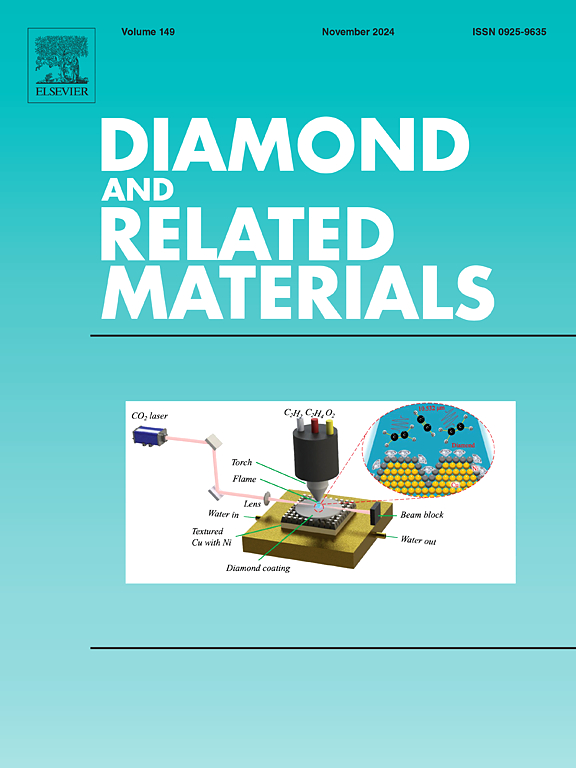Carbon nanomaterials as additives in lubricating oils for tribological applications: A review
IF 4.3
3区 材料科学
Q2 MATERIALS SCIENCE, COATINGS & FILMS
引用次数: 0
Abstract
Friction and wear are inevitable in mechanical operation, and the development of advanced lubricants is essential for the pursuit of energy efficiency and sustainable development. Great progress has been made in the application of carbon nanomaterials as lubricant additives, which is of great significance for controlling friction and wear. This review mainly introduces the types of carbon nanomaterials (including zero-dimensional, one-dimensional, and two-dimensional carbon nanomaterials) for lubricants, the lubrication mechanism of nanoadditives (including the formation of tribofilm, ball bearing effect, mending or self-repairing effect, and polishing effect), and discusses the dispersion and film-forming ability of carbon nanomaterials in lubricants. Finally, the drawbacks of current research are discussed from three aspects: high production costs, insufficient dispersion, and unclear mechanism elucidation. Further discussions were held on the solutions for the drawbacks of current research and future research directions (including machine learning and molecular simulation in design of lubricant additives and optimizing carbon nanomaterial additives for electric vehicle lubricants) in the outlook. Therefore, this review will promote a better fundamental understanding of carbon nanomaterials in lubricant applications and help design carbon nanomaterials with excellent tribological properties.

碳纳米材料作为润滑油摩擦学添加剂的研究进展
机械运行中摩擦磨损是不可避免的,开发先进的润滑油对于追求能效和可持续发展至关重要。碳纳米材料作为润滑油添加剂的应用取得了很大进展,对控制摩擦磨损具有重要意义。本文主要介绍了用于润滑剂的碳纳米材料的种类(包括零维、一维和二维碳纳米材料),纳米添加剂的润滑机理(包括摩擦膜的形成、球轴承效应、修补或自修复效应、抛光效应),并讨论了碳纳米材料在润滑剂中的分散和成膜能力。最后,从生产成本高、分散性不足和机制阐明不明确三个方面讨论了目前研究的不足。展望部分就当前研究的不足之处及未来研究方向(包括润滑油添加剂设计中的机器学习与分子模拟、电动汽车润滑油碳纳米材料添加剂优化等)进行了进一步讨论。因此,本文的综述将有助于更好地了解碳纳米材料在润滑剂中的应用,并有助于设计具有优异摩擦学性能的碳纳米材料。
本文章由计算机程序翻译,如有差异,请以英文原文为准。
求助全文
约1分钟内获得全文
求助全文
来源期刊

Diamond and Related Materials
工程技术-材料科学:综合
CiteScore
6.00
自引率
14.60%
发文量
702
审稿时长
2.1 months
期刊介绍:
DRM is a leading international journal that publishes new fundamental and applied research on all forms of diamond, the integration of diamond with other advanced materials and development of technologies exploiting diamond. The synthesis, characterization and processing of single crystal diamond, polycrystalline films, nanodiamond powders and heterostructures with other advanced materials are encouraged topics for technical and review articles. In addition to diamond, the journal publishes manuscripts on the synthesis, characterization and application of other related materials including diamond-like carbons, carbon nanotubes, graphene, and boron and carbon nitrides. Articles are sought on the chemical functionalization of diamond and related materials as well as their use in electrochemistry, energy storage and conversion, chemical and biological sensing, imaging, thermal management, photonic and quantum applications, electron emission and electronic devices.
The International Conference on Diamond and Carbon Materials has evolved into the largest and most well attended forum in the field of diamond, providing a forum to showcase the latest results in the science and technology of diamond and other carbon materials such as carbon nanotubes, graphene, and diamond-like carbon. Run annually in association with Diamond and Related Materials the conference provides junior and established researchers the opportunity to exchange the latest results ranging from fundamental physical and chemical concepts to applied research focusing on the next generation carbon-based devices.
 求助内容:
求助内容: 应助结果提醒方式:
应助结果提醒方式:


